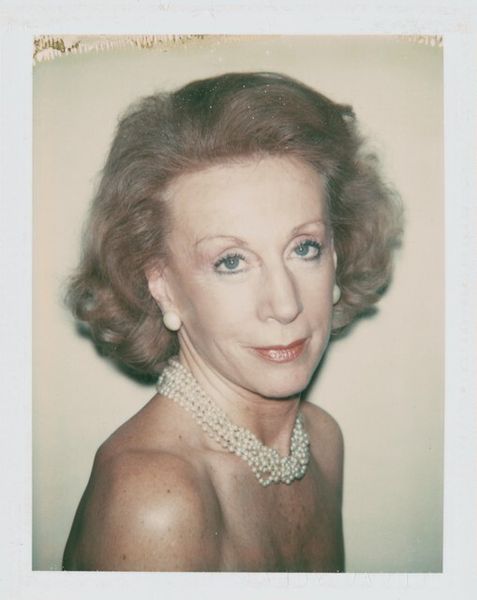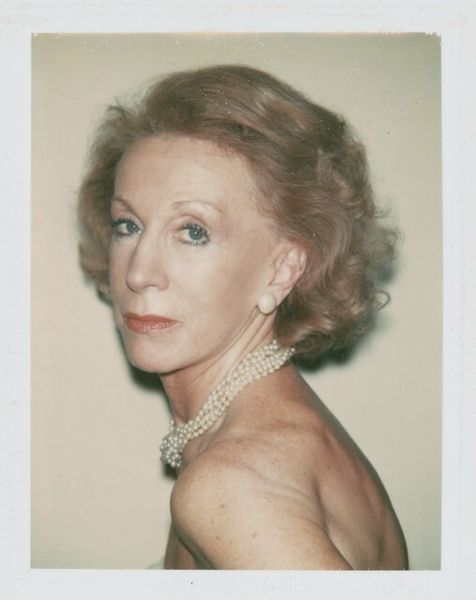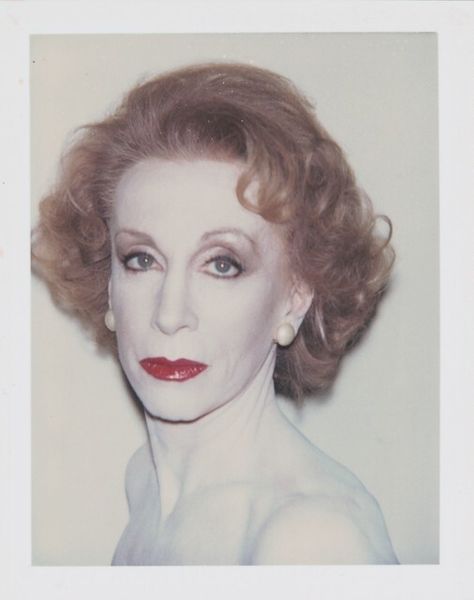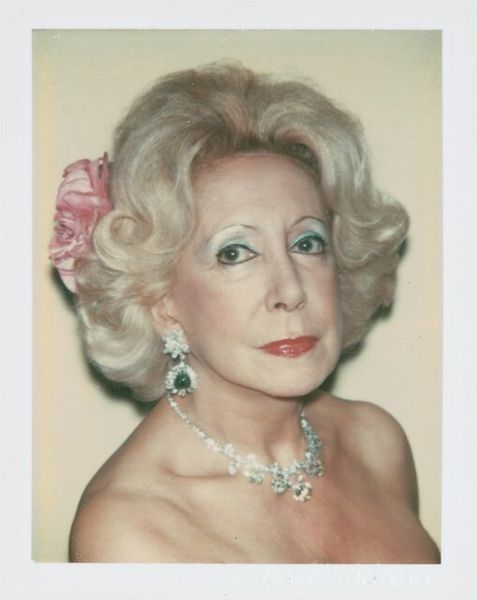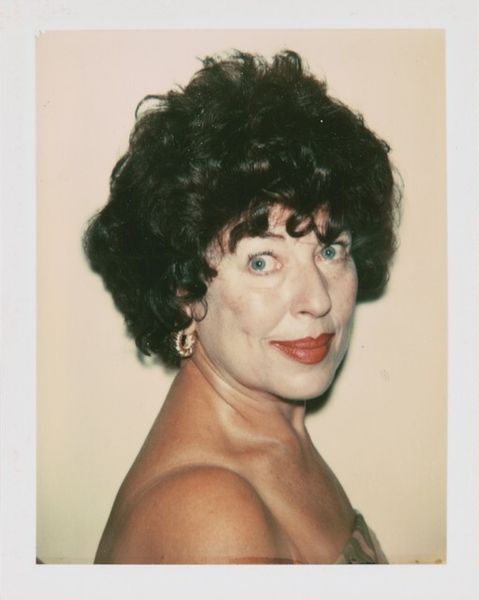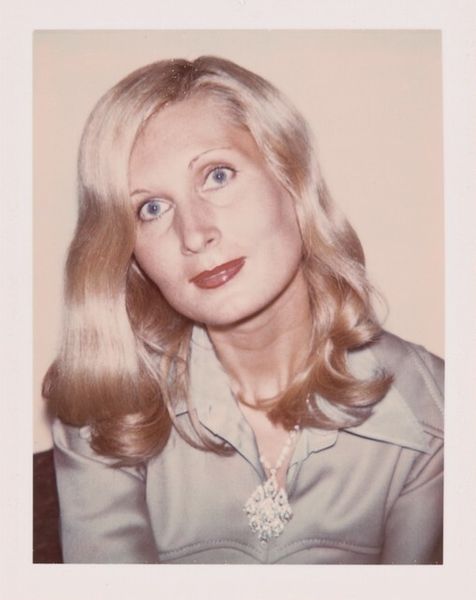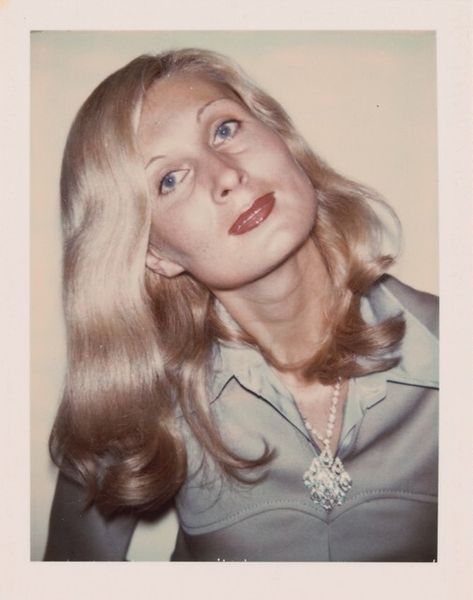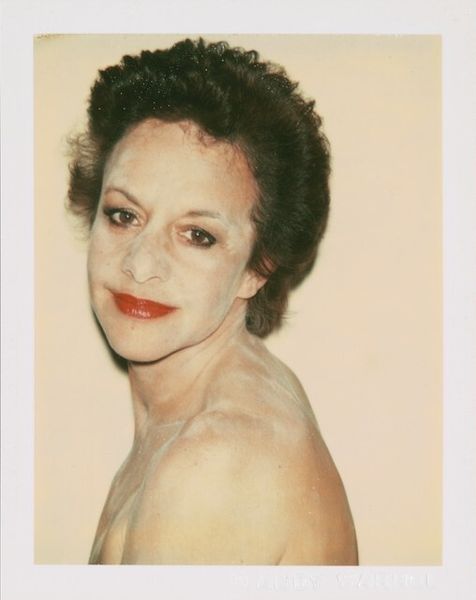
Dimensions: image: 9.5 × 7.3 cm (3 3/4 × 2 7/8 in.) sheet: 10.8 × 8.6 cm (4 1/4 × 3 3/8 in.)
Copyright: National Gallery of Art: CC0 1.0
Curator: Andy Warhol's "Ina Ginsburg," created in 1982, captures a poignant moment of modern portraiture through the lens of Pop Art. Editor: There's a quiet, almost austere quality to it. The subject's gaze is direct, but her expression is hard to read; the material context doesn’t obviously signal ‘pop’ to me. Curator: Warhol, though associated with mass production, often explored identity and status through commissions like this. Consider Ginsburg as an individual—her social standing, her presentation—and how Warhol engages with those established norms through his specific artistic practice. He seems to flatten affect. Editor: Precisely. The focus shifts to the materiality of the portrait itself – the photographic process, the texture of the print, and the implications of reproducible image-making that are embedded in the Pop aesthetic. How do materials contribute to defining status? Here, the pearls are obviously crucial. Curator: Indeed. The pearls, her coiffure, they are signifiers of class, which is consciously deployed here, and the seemingly nonchalant pose is carefully cultivated, placing Ginsburg within a certain cultural milieu, a performative gender. And then this is reproduced using a photograph – making this representation accessible in new ways. Editor: It highlights the accessibility of imagery while also reinforcing those structures it appears to dismantle. Look closely at the photographic surface – this work isn't about the supposed 'soul' of the sitter but about constructing her image, mass consumption and its relation to class and identity. What does labor mean here in capturing the photo or wearing these gems? Curator: Exactly! We understand class here as socially constructed – how is that labor being deconstructed for the sake of consumerism? Editor: To understand art is to grasp the ways images are produced and the processes inherent in their existence. It also means seeing how objects communicate the lived lives of the laborers creating commodities. Curator: Thank you. This exploration illuminates the intersection of artistic intention, social identity, and representation in Warhol's work. Editor: Seeing art means also grappling with materiality as social labor to gain an understanding of image creation and class definition.
Comments
No comments
Be the first to comment and join the conversation on the ultimate creative platform.
